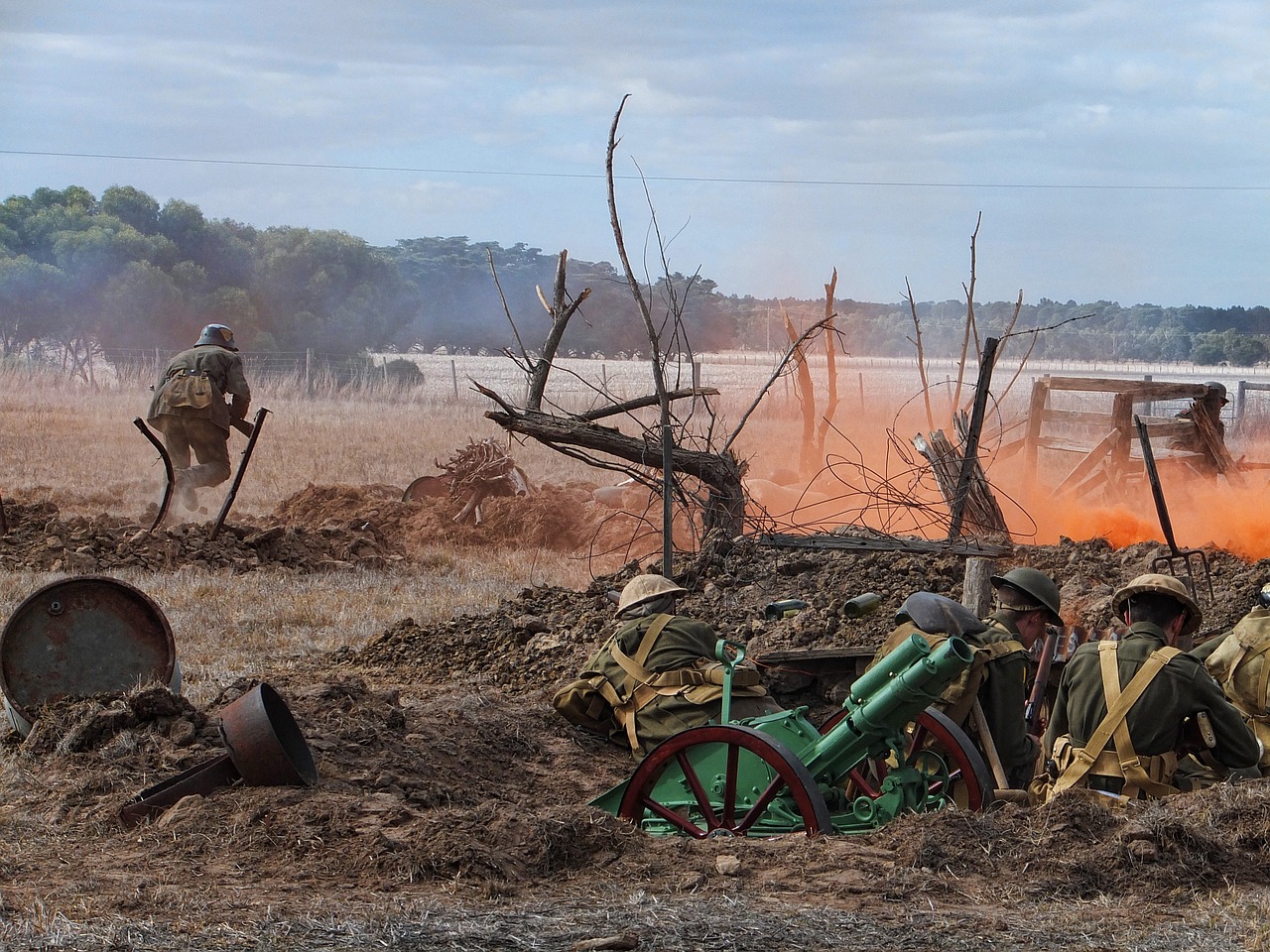The war in the Persian Gulf (1990-1991), the largest conflict since the end of World War II, has become a model for a new generation of warfare. It is not only about the latest technical advances used in the Middle East (high-precision weapons, electronic warfare, etc.), but also about the status the United States gave to the war and the degree of media coverage.
The main reasons for starting the war were: the struggle for rich oil fields, the state of the fuel market in the 1990s and the historical situation in the Middle East. Tiny Kuwait (just the port city of al-Kuwait with a small adjacent area and a few small islands) has always attracted the eyes of the stronger and richer powers. At first it was the subject of strife between Great Britain and the Ottoman Empire. For a long time, Kuwait was part of the British colonial empire, but its colonial status was not as onerous as that of India, for example. In the 1930s, huge deposits of oil were discovered here. In 1961 Kuwait became independent, and in the 1970s and 1980s the state became one of the main suppliers of oil to the West. The export of oil was a very profitable industry: in a few years poor Kuwait has become one of the richest countries in the region. Kuwait’s successes kept its neighbors, Saudi Arabia and Iraq, busy. Both countries attempted to annex Kuwait and tried in every way to prevent its further development. Baghdad has traditionally regarded Kuwait as an ancestral part of Iraq and has claimed possession of the small emirate since the first day of its independence.
During the period described, Iraq was one of the most powerful states in the region. Its strong army allowed Baghdad to claim leadership in the Middle East. In 1988, the Iran-Iraq war (also called the first Gulf war) ended, and Iraq won. The Emir of Kuwait supported Iraq in this conflict, as the Islamic Revolution began in Iran, the export of which was feared by many states in the region. Kuwait loaned the Iraqi authorities about $15 billion for the military campaign. Despite the victory, by the end of the war Iraq was bleeding, the treasury was empty, and the loss of life was high. Iraq could not repay the debt to Kuwait because of the deepest financial crisis, so it began its game.
In the late spring and early summer of 1990, Baghdad made several claims against El-Kuwait:
- At the congress of Arab leaders, the head of Iraq – Saddam Hussein – said that many countries (the Iraqi leader did not name them directly, but everyone understood that they were talking about Kuwait and Saudi Arabia) were hindering the development of the Iraqi economy. They produce oil on a large scale, regardless of the established quotas. Because of that the price of oil has fallen, and Iraq has not received enough money for the fuel delivered to the West (this claim can be considered fair to some extent: shortly before the events described above, oil prices have actually fallen from 18 dollars per barrel to only 7 dollars, while Saddam considered the optimal price – 25 dollars);
- A diplomatic note was sent to Kuwait accusing it of illegally extracting oil from Iraqi oil fields by means of directional drilling.
As compensation, Saddam Hussein demanded a full write-off of Iraqi debt and payment of an additional $2 billion to the Baghdad treasury. Kuwait responded with a strong rejection and also accused Iraq of stealing oil. Saudi Arabia sided with Kuwait in the looming conflict, while Iraq received support from its recent enemy, Iran.
However, the leaders of most Arab countries were interested in peace, so Egyptian President Hosni Mubarak mediated the negotiations between Baghdad and Kuwait. On August 1, negotiations began in Jeddah, Saudi Arabia, but in parallel, Iraq began a military buildup on the border. During the negotiations Kuwait rejected all the demands of its neighbor and war became inevitable.
